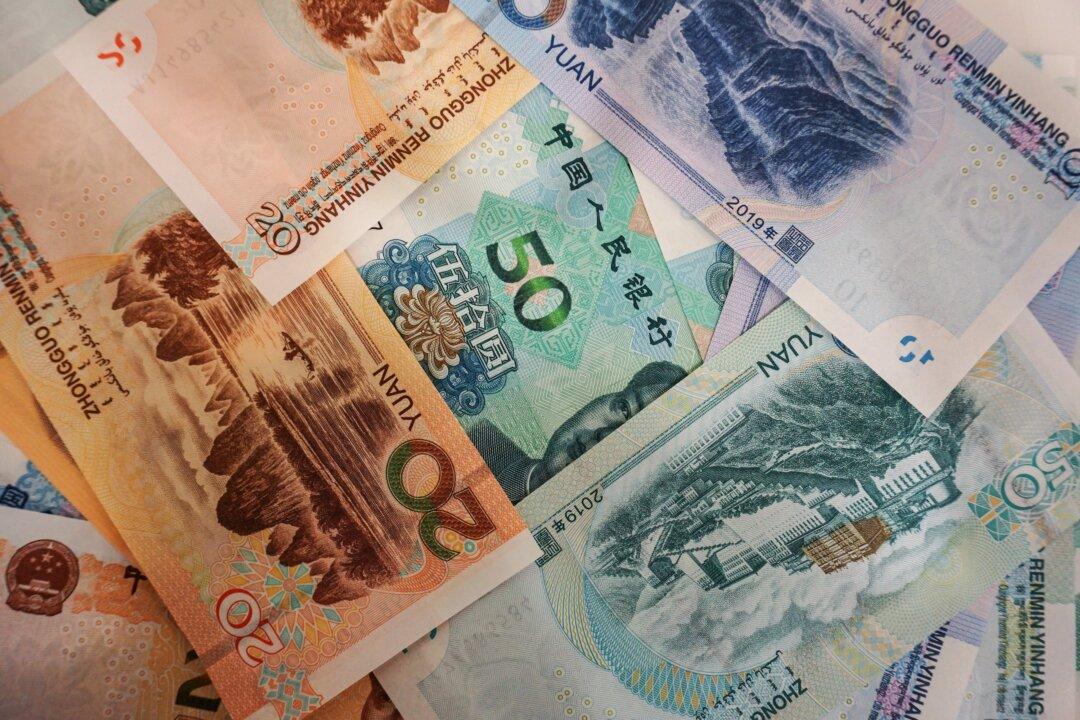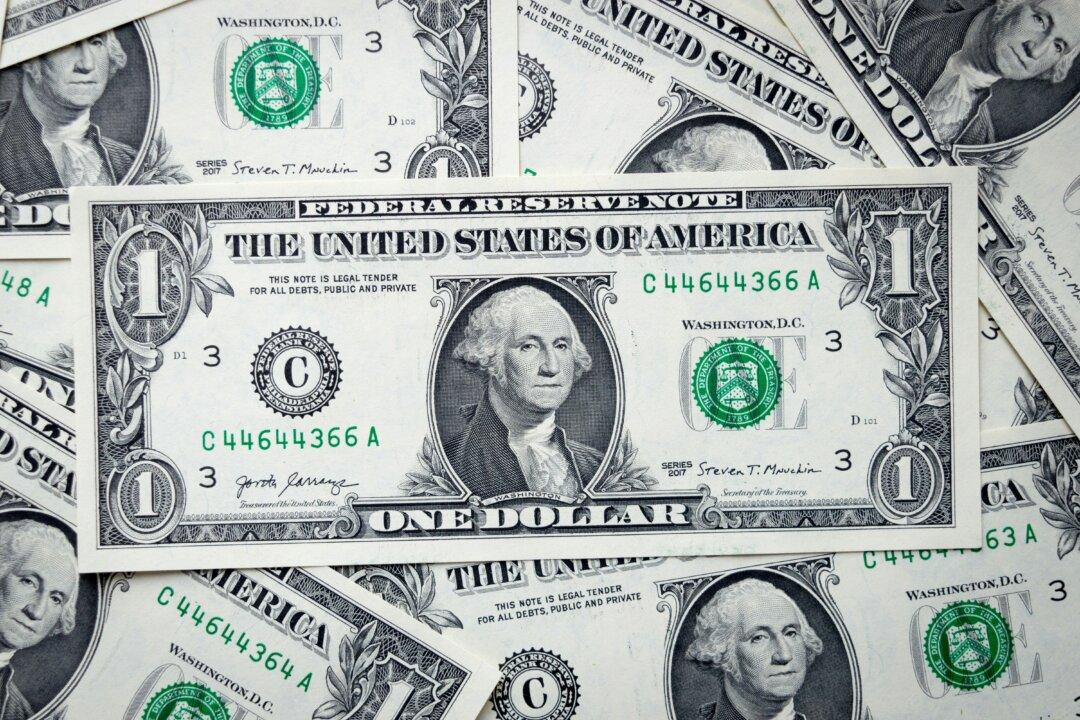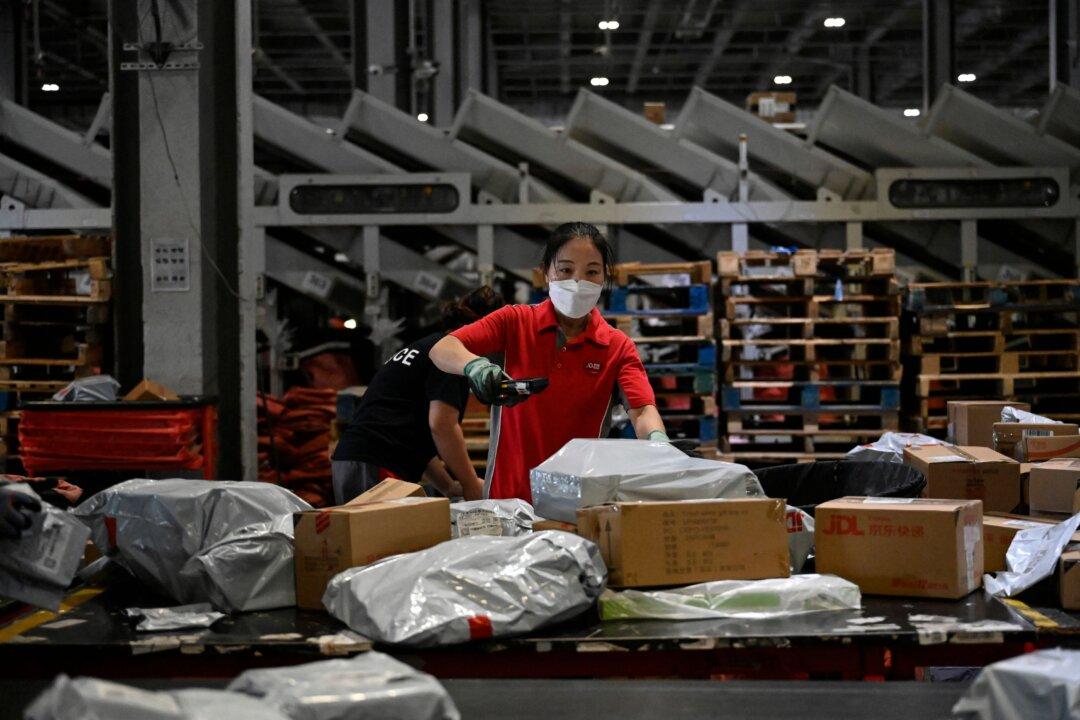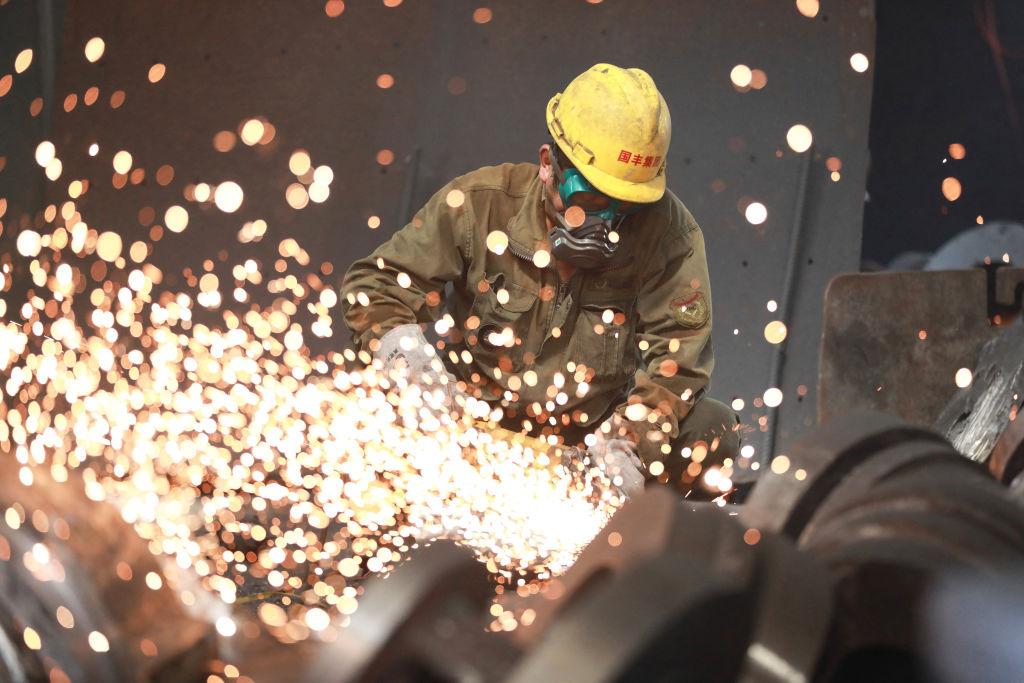News Analysis
As the economy slows and official data point to continued declines in consumer prices, flat import growth, and sluggish domestic demand—all indicating strong deflationary pressure in the world’s second-largest economy—China is not only an outlier as the only major economy facing increased deflation risk rather than inflation pressure.





